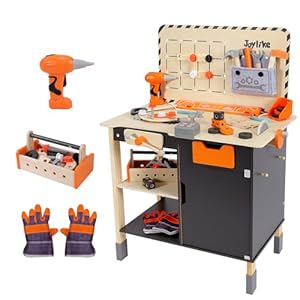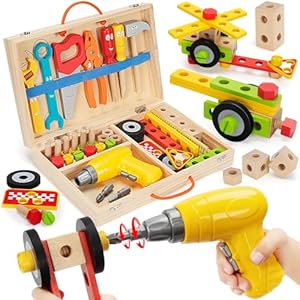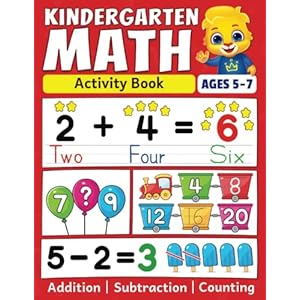
Instructing college students with excessive assist wants can really feel overwhelming at first, particularly in the event you’re used to extra conventional classroom methods.
These are college students who might not be capable of sit for greater than a few minutes, who might not have verbal language, and who typically have advanced sensory, bodily, or emotional wants. However make no mistake: these college students are nonetheless learners, and they’re able to progress, connection, and progress. It merely requires a shift in mindset and a distinct set of instruments.
Reframe the Mindset
The primary and most vital step is to flip the script. As a substitute of considering when it comes to “low functioning,” reframe it as “excessive assist wants.” This small change in language results in a giant shift in mindset. It reminds us that the issue shouldn’t be with the coed—it’s with the system or atmosphere that hasn’t but tailored to satisfy their wants. As soon as we perceive that, we are able to start specializing in easy methods to cut back obstacles and supply assist that may ultimately be pale as college students develop extra unbiased.
Regulation Comes Earlier than Schooling
Relatively than beginning with curriculum, begin with regulation. College students with excessive assist wants are sometimes in a state of dysregulation—bodily, emotionally, or neurologically. If a baby can not sit nonetheless, observe instructions, or interact with supplies, it’s not as a result of they’re refusing to study—it’s as a result of their nervous system isn’t prepared but.
Our first position as educators is to co-regulate. Which may imply utilizing sensory instruments, making a quiet nook, incorporating motion, or simply sitting calmly with a pupil till they really feel protected. Regulation all the time comes earlier than training.
Construct Connection First
As soon as college students really feel protected and grounded, the subsequent step is connection. Studying occurs in relationship. If a pupil doesn’t belief you, they gained’t observe your lead. Begin by constructing that relationship—via music, play, shared pursuits, laughter, and a constant, calm presence. Rejoice each try, each small win. Use reinforcement deliberately, and do not forget that even the smallest moments of connection are significant.
Prioritize Interplay Over Instruction
On the subject of instruction, assume interplay, not data. For college kids with restricted receptive language or consideration spans, instructing might appear to be:
- Providing decisions with image symbols or actual objects
- Utilizing hand-over-hand to finish easy matching or sorting duties
- Singing acquainted songs with motion and gestures
- Enjoying cause-and-effect video games with light-up toys or water play
- Exploring textures, visuals, and sounds
These are usually not simply “fillers”—they’re foundational studying experiences. Each second of joint consideration, shared enjoyment, or bodily participation is a step towards future studying.
Begin The place They Are Academically
For lecturers, meet college students the place they’re—not the place the requirements say they need to be. It’s okay to show letter publicity via songs, colours via sensory bins, or numbers via motion video games. Use errorless studying, repetition, and hands-on supplies like Velcro boards, laminated worksheets, and matching video games.
Construct in breaks. A easy “work-play-work” construction with a most well-liked toy or sensory merchandise between duties can enhance participation dramatically.
If a pupil can solely sit for 2 minutes, begin there. Use timers, visible schedules, and constant routines to assist college students perceive expectations and really feel safe. Add time slowly and have fun progress alongside the way in which.
Make Life Expertise the Basis
Instructing a pupil to assist with feeding, pull up their pants, wipe their face, or talk a desire is simply as invaluable—if no more so—than educational objectives. These are the abilities that result in independence and dignity.
Consider expertise that assist them take part in day by day routines, entry the varsity atmosphere, or specific their wants. Each step towards independence is a step price celebrating.
Lean on Your Workforce
Collaboration is vital. Lean in your workforce—OTs, PTs, speech therapists, BCBAs, and paras. Use their perception to construct sensory diets, visible helps, communication methods, and day by day routines that truly work. And in the event you’re caught, ask to look at a colleague’s classroom who has comparable college students. Seeing methods in motion is commonly extra useful than studying about them.
Construction Your Day for Success
Construction your day round what works. Contemplate brief whole-group moments (like morning assembly with music and motion), adopted by rotations or facilities tailor-made to every pupil’s stage. Embody play-based duties, sensory bins, purposeful actions, and job containers. Alternate between participating seated work and energetic motion breaks.
All the time have backup plans. Flexibility and endurance are a part of the job.
Progress Over Perfection
You aren’t failing in case your day doesn’t appear to be a conventional classroom. Actually, in the event you’re specializing in serving to your college students really feel protected, linked, and succesful, you’re doing precisely what they want.
It’s okay to construct slowly. Some college students take weeks—and even months—to answer a brand new routine. Some will resist. Some will shock you. However each little one is able to progress once they’re supported, seen, and beloved.
Keep in mind the Fundamentals
If you happen to’re instructing college students with excessive assist wants, bear in mind:
- Begin with regulation
- Concentrate on connection
- Train via interplay
- Rejoice progress, not perfection
And above all, consider within the potential that’s there—whether or not it takes days or years to indicate up. As a result of each pupil deserves the possibility to shine, regardless of how small the steps could also be.
YOU MAY ALSO LIKE…
Trending Merchandise











